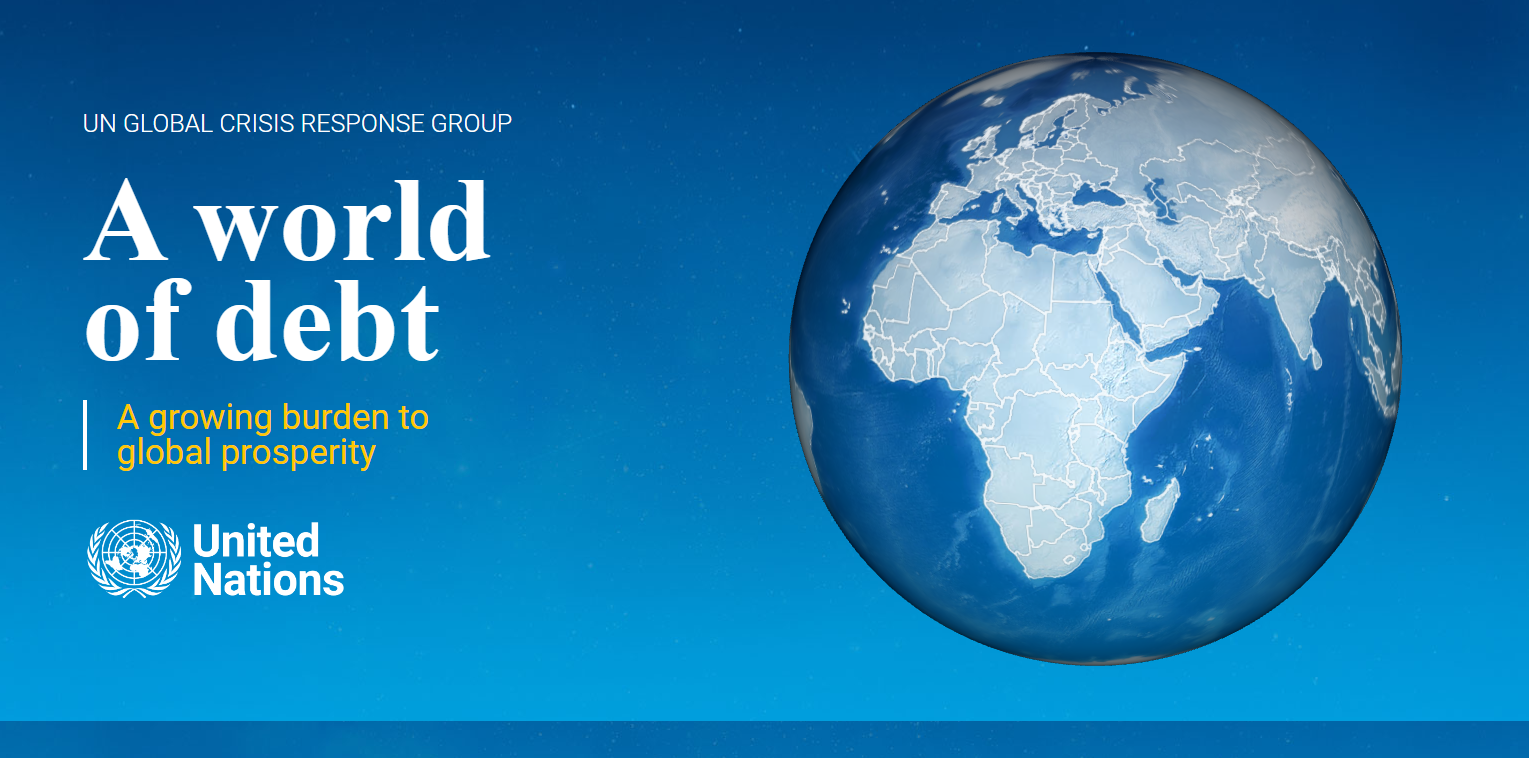
A World of Debt: А Growing Burden to Global Prosperity
According to the United Nations Conference on Trade and Development (UNCTAD), in 2022 the volume of global public debt has reached a record $92 trillion.
The number of countries with a high level of public debt (more than 60% of GDP) increased from 22 countries in 2011 to 59 in 2022. More than 30% of the total debt is in developing countries, of which about 70% are in China, India and Brazil.
The volume of public debt of developing countries to foreign creditors in 2011–2021 c increased from 19% to 29% of GDP. At the same time, the possibility of obtaining foreign currency through exports to service debt obligations is reduced. The share of external public debt in exports increased from 71% in 2010 to 112% in 2021. Over the same period, the cost of servicing external public debt through exports increased from 3.9% to 7.4%.
The increase in the debt dependence of developing countries is primarily due to rising costs of living due to the long-term effects of the COVID-19 pandemic and climate change, as well as unequal access to international sources of financing. Developing countries rely more on private creditors, which raises the cost of debt and makes debt restructuring more difficult.
Currently, half of the developing countries allocate more than 1.5% of their GDP and 6.9% of government revenues to service their public debt. The number of countries with corresponding expenditures of 10% or more increased from 29 in 2010 to 55 in 2020.



